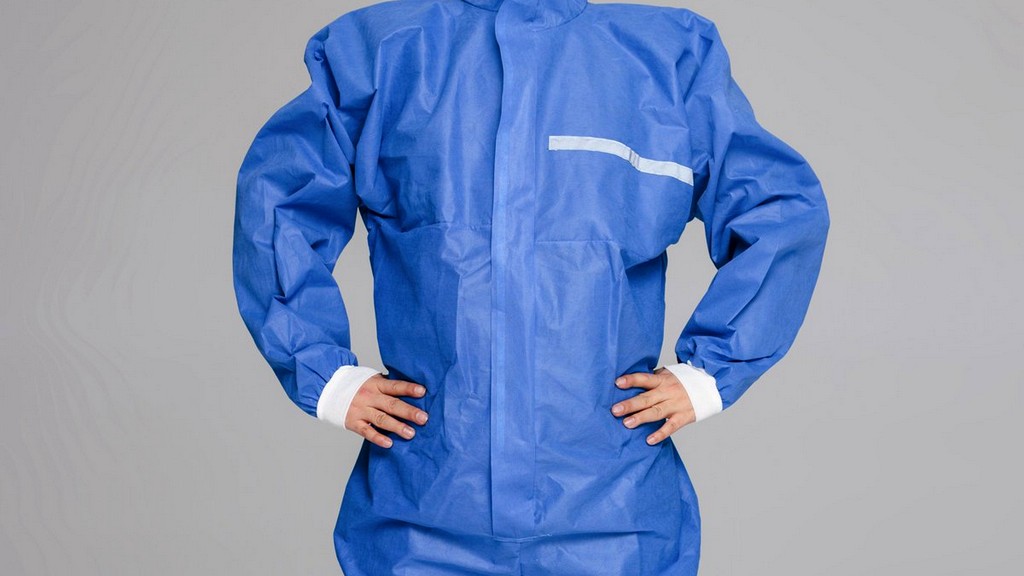

Published by the American Society for Testing and Materials (ASTM), ASTM F903-18 describes the properties and test methods for barrier effectiveness of materials used in protective clothing, seams, caps or other assemblies against the penetration of liquids. The full name of this standard is as follows: ASTM F903-18 Standard test method for the resistance of materials used in protective clothing to penetration by liquids.

The test method presented in the said standard covers parts of finished protective clothing such as gloves, arm protectors, aprons, overalls, headgear, boots and similar parts.
To generalize material penetration resistance to liquids, a substitute threat fluid such as water or isopropanol is sometimes used during testing. However, it is possible that differences in chemical and molecular properties, such as surface tension, may lead to different consequences.
Liquids can find a way to penetrate due to gap or defect in material or clothing assembly. In addition, some selected chemicals may cause subsequent penetration by causing deterioration of the film or coating in the material.
In the test method presented in this standard, procedures for exposure of protective clothing to liquid are given. All these procedures involve continuous fluid exposure throughout the test period. These procedures require different hydrostatic pressures and liquid exposure times.
In the A, B and C procedures described in the ASTM F903-18 standard, pressure is applied for a certain period of liquid exposure. Procedures A and B here represent initially established fluid contact methods developed by the National Institute for Occupational Safety and Health. Procedure C has been developed for potentially longer exposures where a failure occurs as a result of material or assembly failure.
Procedure D has been developed for exposures at certain pressure increases at regular intervals until a certain liquid penetration is observed. Procedure E is for determining the pressures and duration of liquid exposure of the test sample.
With the experience gained over many years, our organization also provides standard testing services for the resistance of materials used in ASTM F903-18 protective clothing to penetration by liquids, within the framework of laboratory services of the materials with a trained and expert staff.Inhibitory.
To get an appointment, to get more detailed information or to request an evaluation, you can ask us to fill in our form and reach you.